The Schiit Midgard was kindly provided free of charge in exchange for an honest review. I didn’t receive monetary or any other kind of compensation and I don’t use affiliate links. The price of the Midgard is $219 and you can order directly from Schiit.
Schiit Audio
Schiit Audio is a highly esteemed and coveted brand in the audio gear industry. Initially specializing in compact headphone amplifiers and DACs, they have since diversified their product range to cater to the needs of every audio enthusiast. From desktop DACs to speaker amplifiers, hardware equalizers, a wide variety of headphone amplifiers, and even a CD transport and turntable, Schiit Audio offers a comprehensive selection of devices. If you are unfamiliar with Schiit, I recommend visiting their website to familiarize yourself with their story before proceeding with this review.
Schiit Midgard
The Schiit Midgard is a specialized headphone amplifier and preamplifier that does not include an internal DAC. Schiit promotes the Midgard as their most accurate and powerful discrete headphone amplifier to date. Additionally, the Midgard features the innovative Halo™ topology, which enhances its potential for exceptional sonic performance.
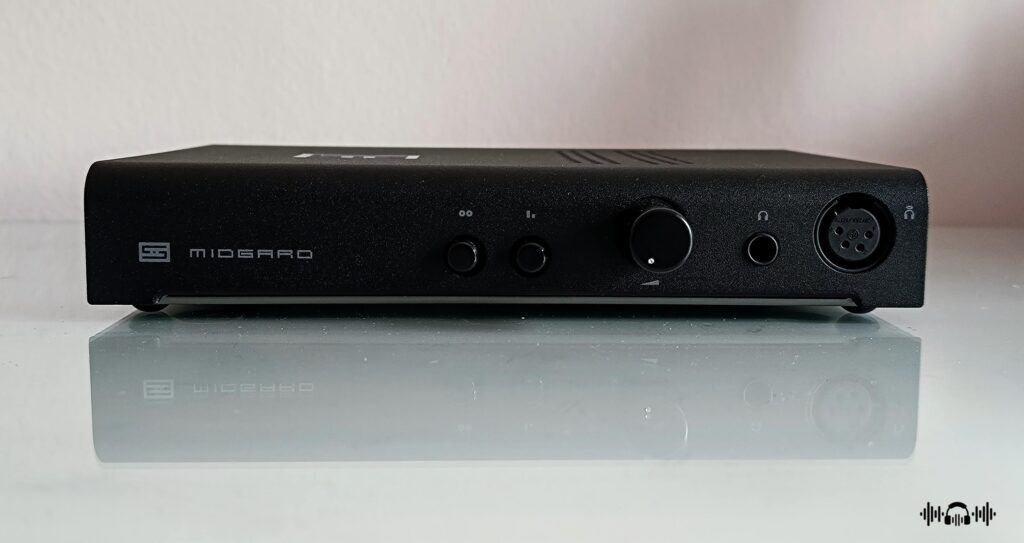
Halo™ Topology
The Halo topology is not related to the popular video game or TV series. It is actually a mixed-mode feedback topology that integrates the headphone driver into the feedback loop. This design allows for enhanced control over driver resonance and improved acoustic results. To implement the Halo topology, separate ground return paths for the left and right channels are necessary. Therefore, it can only be utilized with a connector like the 4-pin XLR located on the front of the Midgard.
The Midgard also features a standard 6.35mm output, allowing users to freely utilize both outputs and even compare their sound quality to determine which one sounds better. It is important to note that the Midgard is a single-ended amplifier, and the 4-pin balanced connector on the front is solely for enabling the Halo mixed-mode feedback, ensuring equal power distribution from both outputs. Furthermore, balanced inputs are converted to single-ended, and single-ended outputs are converted to balanced, similar to most professional audio equipment. The primary gain stage and all internal processing of the Midgard are performed in a single-ended manner. One notable distinction between the two headphone outputs of the Midgard is that the single-ended output has an output impedance of less than 0.1Ω, while it increases to 2Ω for the XLR output.
Under the hood
The Midgard, despite being a mid-priced headphone amplifier, is constructed using top-notch components. It features a fully discrete design with special film and silicon capacitors, as well as MELF resistors in all critical stages. Additionally, the amplifier is equipped with Neutrik connectors, Alps switches, and even the highly regarded Alps RK27 “Blue Velvet” potentiometer, known for its exceptional performance in audio equipment.
To power the Schiit Midgard, an external wall-wart power adapter is utilized. This adapter functions as a transformer, supplying 14-16VAC to the internal linear power supply. This power supply consists of regulated voltage rails of +/-20V and +/-30V, with a total capacitance of 10,000uF.
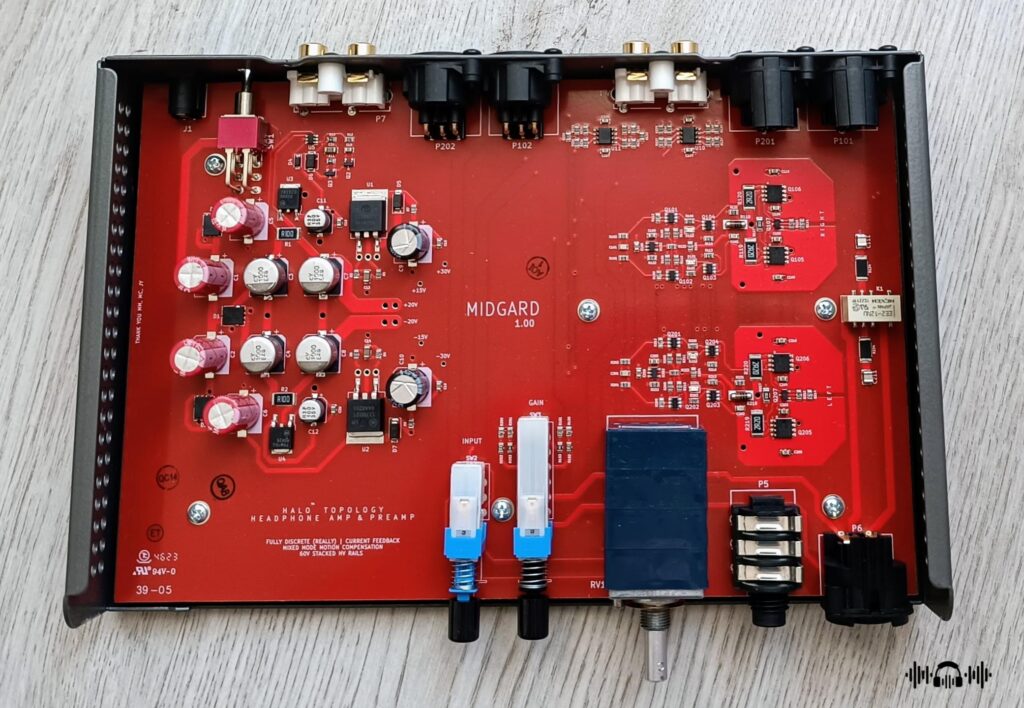
Appearance and connectivity
The Midgard has the trademark Schiit design, featuring a mid-sized shape that seamlessly complements other Schiit products such as the Modius DAC, Skoll phono, and Lokius EQ. Its chassis is crafted from a sleek metal sheet, exclusively available in a black finish, no aluminium faceplate for this model. While the build quality and finish are undeniably top-notch, it is worth mentioning that comparably priced Chi-Fi products often sport a machined aluminum chassis.
The front panel of the Midgard features a pair of switches – one for switching between single-ended and balanced inputs, and the other for selecting low or high gain. Additionally, the aluminum volume control knob and two headphone outputs are situated on the faceplate. Moving to the back, you’ll find balanced XLR and unbalanced RCA inputs/outputs, the power switch, and the AC input. Unlike traditional front panel power LEDs, the Midgard opts for four small power indicator LEDs soldered onto the board, emitting a subtle glow through the top ventilation grills.
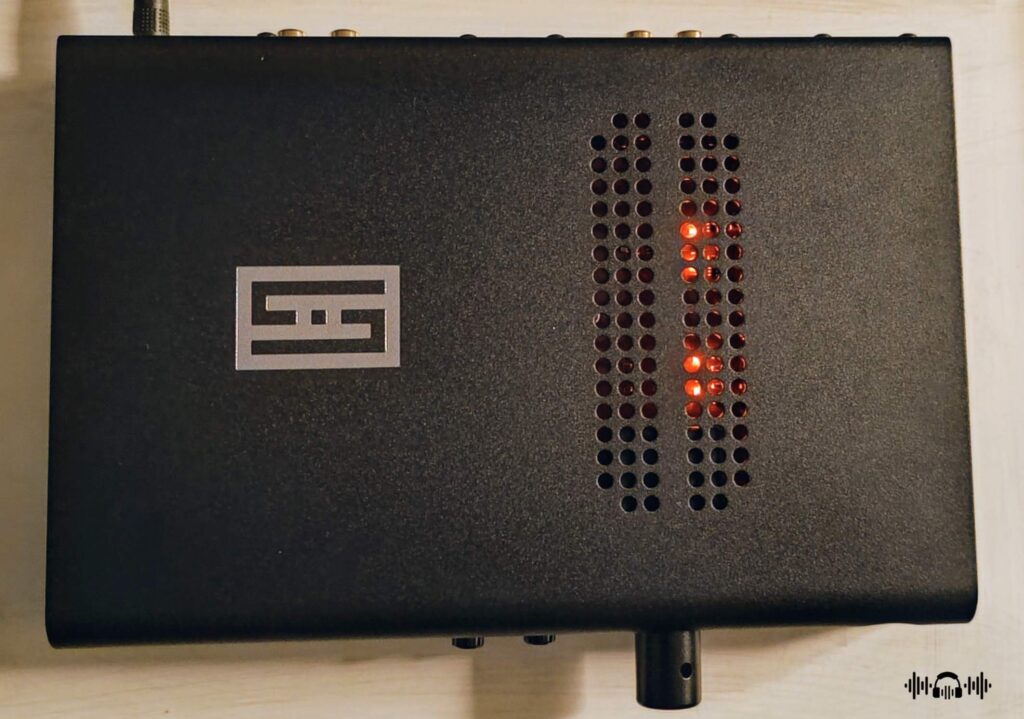
Operation
The Midgard headphone features RCA and XLR inputs that can remain plugged in simultaneously and both balanced and SE preamp outputs that are always active. These outputs do not mute when headphones are plugged in. The potentiometer offers a smooth rotating action without any audible scratching noises, and the channel tracking remains excellent even at the lowest setting.
Power output and associated gear
The Midgard possesses plenty of power to effortlessly drive nearly any headphone on the market. In terms of specifications, it can deliver 5.5Wpc/16Ω, 4.8Wpc/32Ω, and 750mWPC/300Ω. Throughout my testing, it performed exceptionally well with various headphones such as the Focal Clear Mg, Sennheiser HD660S2, and HEDDphone 2. In fact, it effortlessly handled the HIFIMAN Susvara without any signs of strain. The Midgard consistently delivered an effortless and dynamic sound experience with all the headphones I tested.
True to the information provided on the Schiit website, the Midgard has an impressively quiet operation, ensuring that no background noise is audible even when using highly sensitive earphones such as the FiiO FX15. With such loads there is always a risk of volume escalating too quickly but making gradual and precise adjustments will help prevent any issues from arising.
The Midgard was typically left playing music for approximately 100 hours before listening evaluation. For the review, Lavricables’ cables were utilized to guarantee optimal transparency.
Listening impressions
Not everyone utilizes balanced cables, and not all headphones are compatible with them. Let’s begin by discussing the single-ended output of the Midgard, which delivers exceptional sonic performance. The Midgard offers a linear frequency response, impressive transparency, and a full-bodied sound with extended bass, spacious mid-range, and detailed yet not overly bright treble. Its sonic signature combines fidelity by maintaining the original source’s integrity and musicality by creating an emotional connection between the listener and the music.
The bass texture of this amplifier surpasses that of most competitive THX or other op-amp based amplifiers in terms of weight, fullness, and visceral impact. It delivers ample physical impact and remarkable dynamic contrast. The bass is tight, controlled, and exhibits excellent definition, clarity, and layering, exceeding expectations for its category.
The mid-range is delivered in a spacious and expansive manner, offering exceptional clarity, distinction, and precise articulation. Unlike many rival amplifiers that prioritize technical measurements, the Midgard sets itself apart by delivering a sound that is far from dry, monotonous, or clinical. Instead, it offers a musical and captivating experience, brimming with a rich tapestry of harmonics and an overall timbre that remains consistently authentic and lifelike.
The Midgard is not as analog and organic sounding as the Schiit Lyr and while it may not have the same visceral feel, it still maintains a sense of fluidity, warmth and natural timbre. Interestingly, the amplifier does not impose its own character or alter the sound signature of the source. Instead, it faithfully reproduces music, respecting the original sonic characteristics. Additionally, the Midgard is transparent and precise, allowing it to accurately showcase any upgrades made to the source.

More listening impressions
Most of “perfect measuring” amplifiers are known for their tendency to have a touch bright and artificial treble, leading to listener fatigue over time. Additionally, they often lack depth, dimensionality, and the ability to effectively convey the ambiance of a live recording. In contrast, the Schiit Midgard takes a different approach by delivering a luminous and energetic treble that is mildly smooth and free from harshness or artificial timbre. The Midgard excels in resolution within its category, providing ample detail retrieval that enhances sonic integrity rather than overshadowing it. Furthermore, the amplifier offers full-bodied textures, prevents higher register instruments from sounding thin, and ensures that notes fade away naturally.
The Schiit Midgard distinguishes itself by not relying on typical tactics such as exaggerated clarity, excessive brightness, or over-analyzing things in order to persuade that is one of the perfect APx555 measuring amplifiers. Instead, it showcases its sophisticated and mature nature by utilizing its undeniable technical prowess to effectively convey the essence of the music, prioritizing the communication of the musical message over self-centered showmanship.
The Midgard stands out from other “well measuring” amplifiers because, unlike its competitors, it doesn’t produce a flat and horizontal soundstage. Instead, the Midgard offers a remarkably holographic and immersive soundstage with three-dimensional images. Not only does it excel in positioning accuracy and imaging accuracy, but when paired with the appropriate headphones, it creates a grand and open soundscape with exceptional depth and layering that exceeds all expectations.
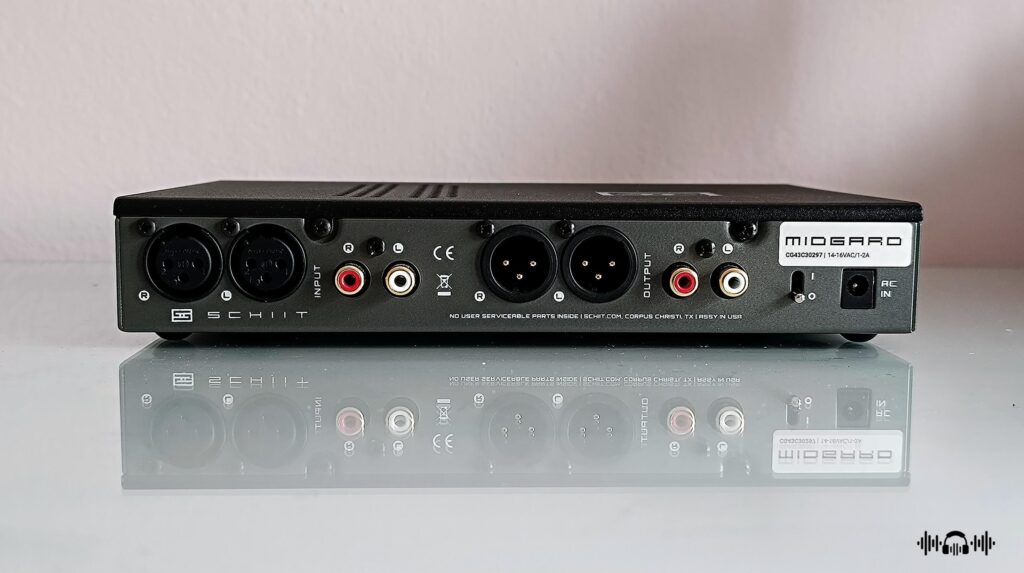
HALO™ Listening impressions
The Halo topology has been a topic of discussion lately, with some questioning if it’s just a clever marketing ploy. However, this is far from the truth. Through extensive testing, i found that there are indeed noticeable differences between the single-ended and balanced outputs, particularly with dynamic driver headphones. The Halo topology primarily enhances the clarity and openness of the sound, creating a more spacious soundstage and allowing for better layering. Furthermore, it contributes to a deeper black background and provides a sense of serenity that aids in imaging and separation, without sacrificing the naturalness of the sound.
In summary, the Halo topology is not a mere marketing gimmick but rather a genuine enhancement that can elevate your headphone listening experience. However, it’s important to note that the benefits may not be as pronounced with all headphones. Additionally, if you don’t have balanced headphones, don’t get sad because the Midgard performs excellently with its single-ended output.
In the end
Regardless of the Halo topology, the Schiit Midgard amplifier proves to be remarkably impressive in terms of sonic qualities, debunking the notion that improved measurements always result in a sterile and clinical sound. This serves as a testament to the engineer’s ability to creatively utilize technicalities in order to enhance the music itself, rather than solely exhibit good measuring results.
The Midgard by Schiit is a versatile amplifier that caters to both objectivists and subjectivists alike. It offers exceptional sound quality that is both musical and engaging, making it a top choice for those who prioritize timbre realism and musicality over measurements while it measures so well to impress even the most critical ASR crowds, thus it stands out as one of the top headphone amplifiers in terms of performance and value for money in the current market.
Copyright – Petros Laskis 2024.
+ Excellent audio quality
+ Excellent measurements
+ Excellent technicalities
+ Natural and realistic timbre
+ Musical and engaging
+ Not sterile or clinical
+ Not bright or artificial
+ Very powerful
+ Halo topology can effectively improve performance
+ Dead silent with sensitive earphones
+ RCA and XLR inputs/outputs
+ Doubles as a preamplifier
+ Compact size and well made
+ Exceptional value for money
- Headphones will not mute preamplifier outputs
- No aluminum chassis
- Halo topology is not always effective
- A 4.4mm plug would be a nice addition


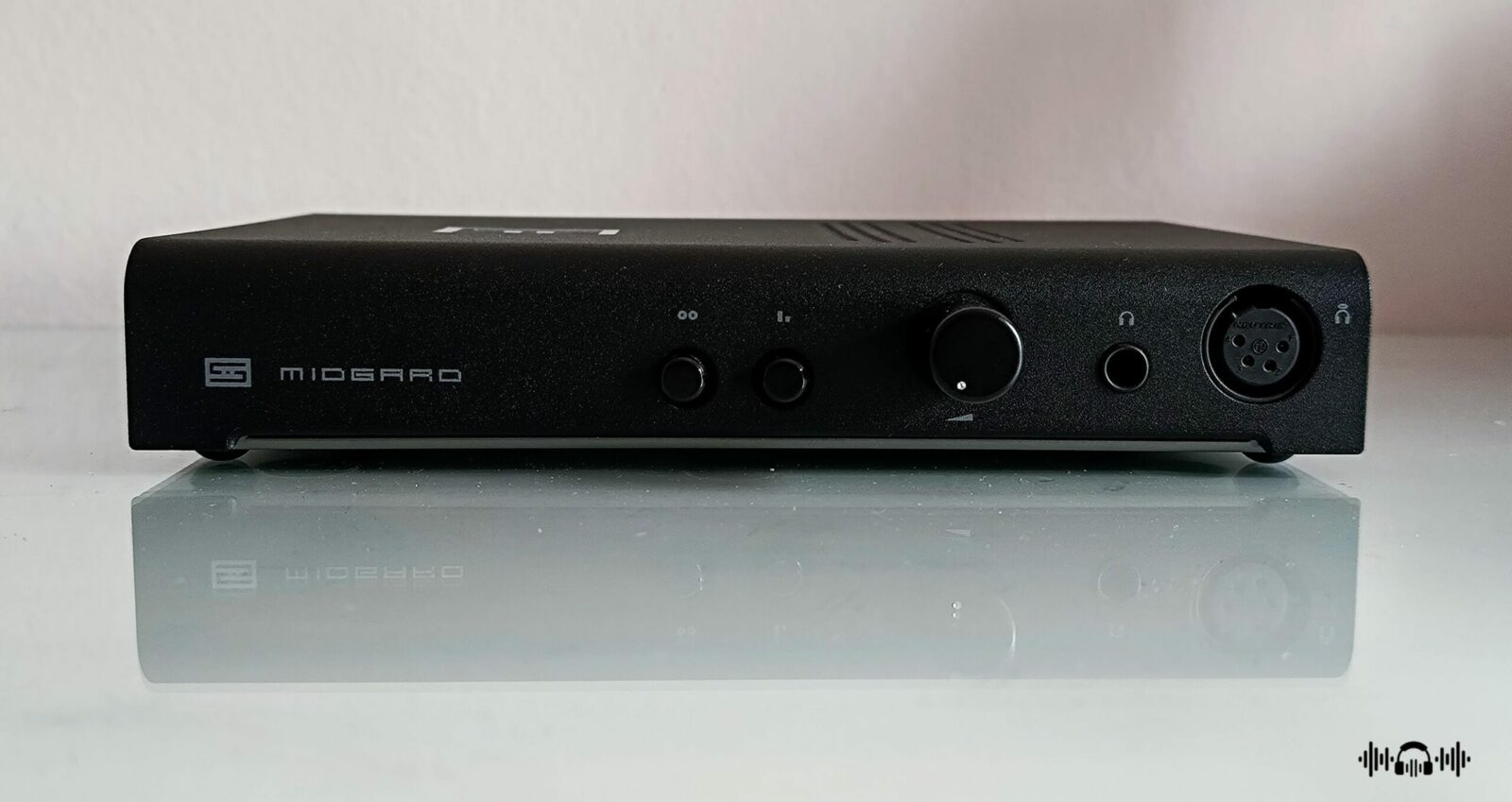

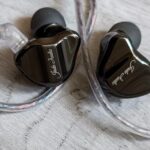
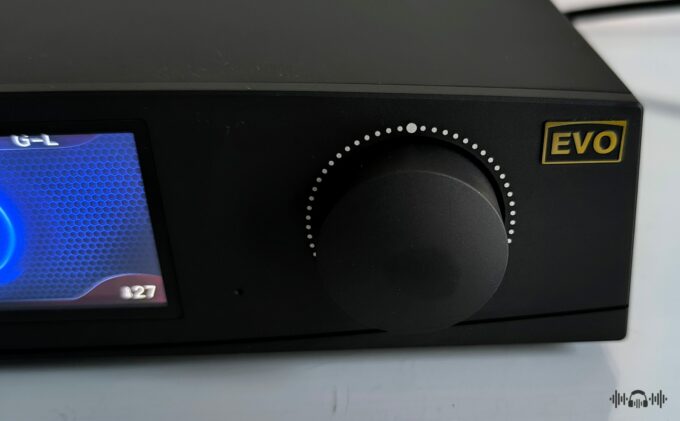


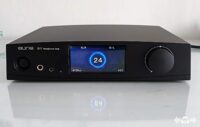


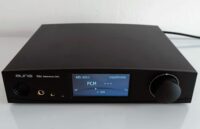



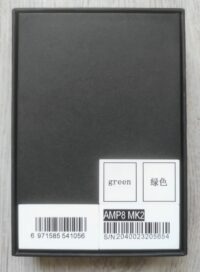
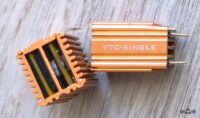

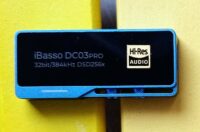
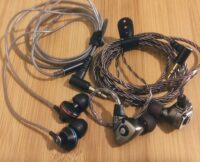

2 Comments